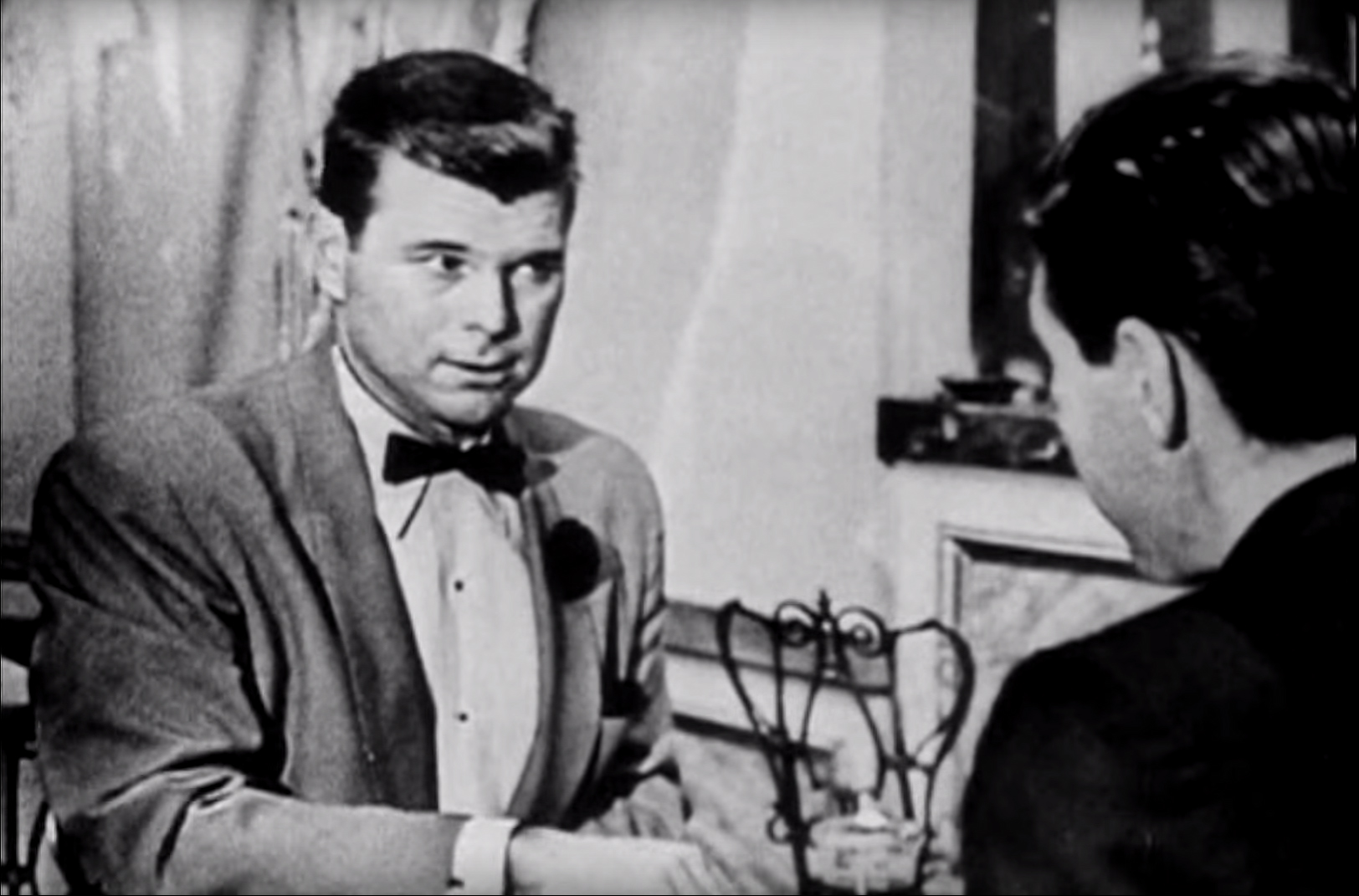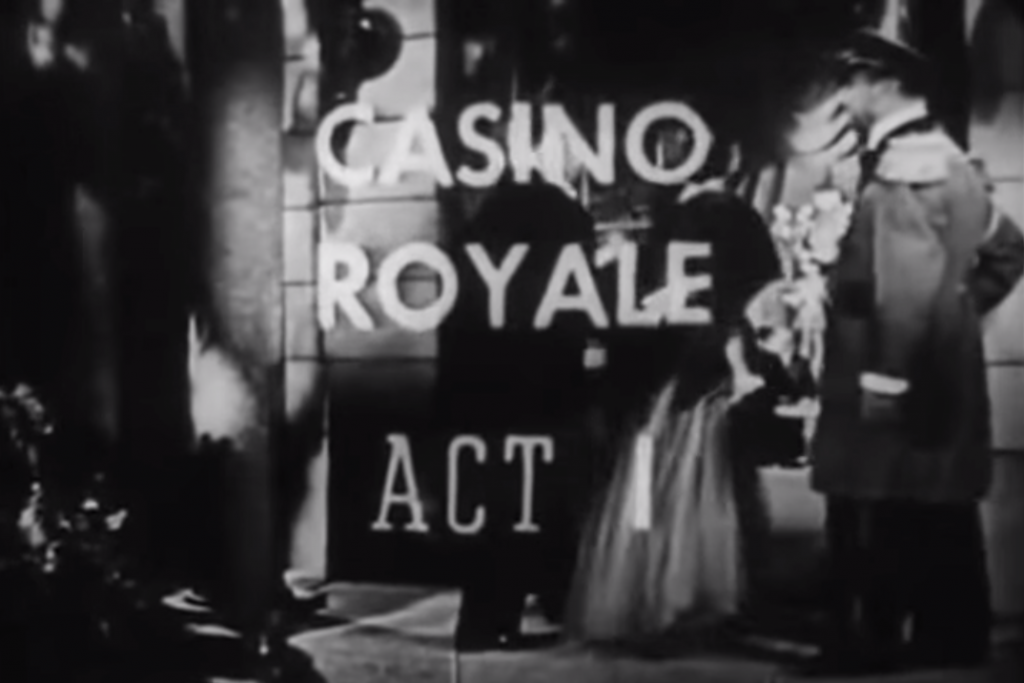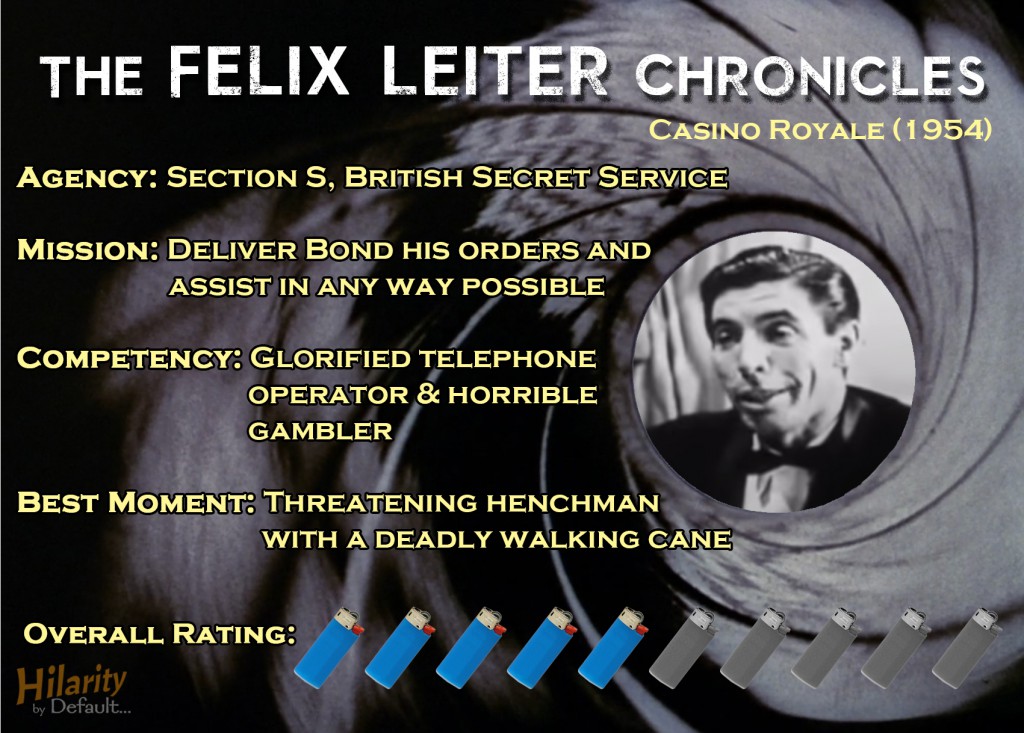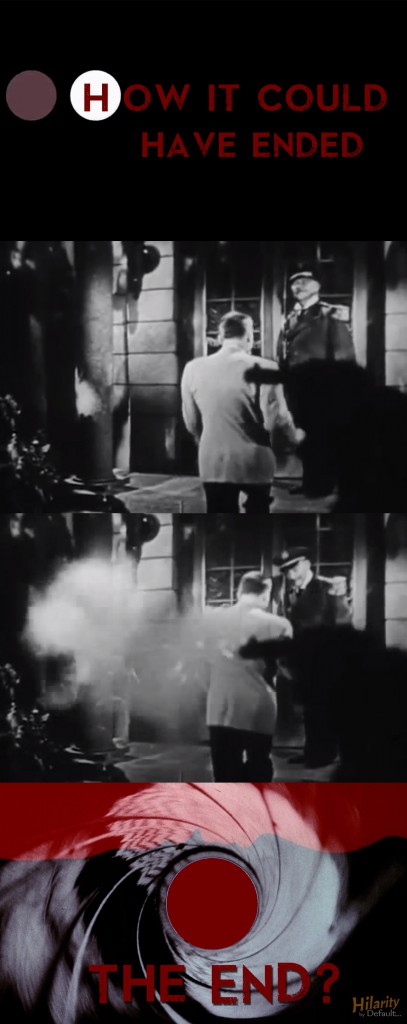There are few fictional characters as beloved and recognized as James Bond 007. From the moment audiences were introduced to Bond in his 1962 film debut Dr. No (starring a then unknown Sean Connery as the titular character), the film industry was never the same. By his third film, Goldfinger, James Bond was a household name. Audiences were enamored with 007 from the sexy cars, to the creative gadgets…

…to the iconic theme song. The boundaries the films pushed in the sixties helped usher in the sexual revolution of cinema and by the time Thunderball came out in 1965, the Bond films had grossed over 3 billion dollars worldwide in just three years (adjusted for inflation)!
The series would continue to evolve and thrive for the next five decades and beyond, featuring six actors in the eminent role. Sure, there were times that it hit some cringe-worthy lows, almost degenerating into the self-parody of invisible cars, cities in outer space, and Halle Berry, but it was the series’ often bold experimentation and renewal that would help keep Bond alive and relevant throughout the years. And like all successful experiments, the first attempt was an outright failure – so much so that it was lost and forgotten for nearly thirty years!
“Casino Royale” (1954) |
In 1954, one year after author Ian Fleming introduced James Bond to the world in his hit novel Casino Royale, he was persuaded by CBS to sell the rights to the story for a single episode of the American television series Climax!
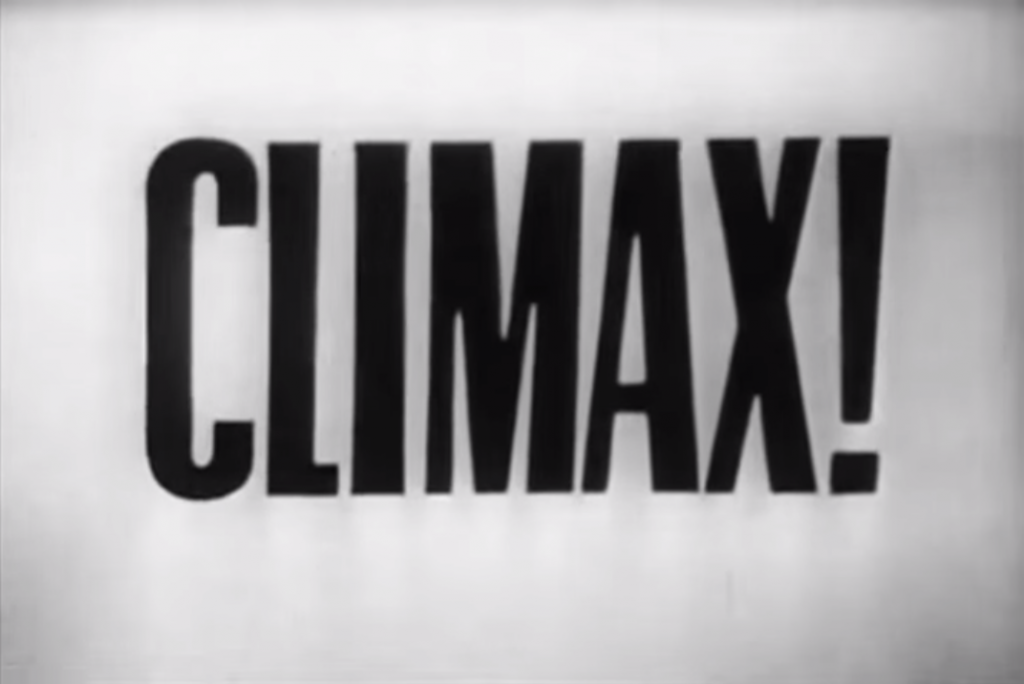
Bond’s initial transition from book to film was anything but smooth. To make the character more palpable to American audiences, the Climax! producers took many liberties with the adaptation. No longer would Bond be the suave, martini-drinking British spy that everyone would come to admire in the years to come. Instead, Climax’s! “Casino Royale” would feature Jimmy Bond, a scotch-drinking, American intelligence agent who’s more stirred than shaken when compared to Fleming’s original.
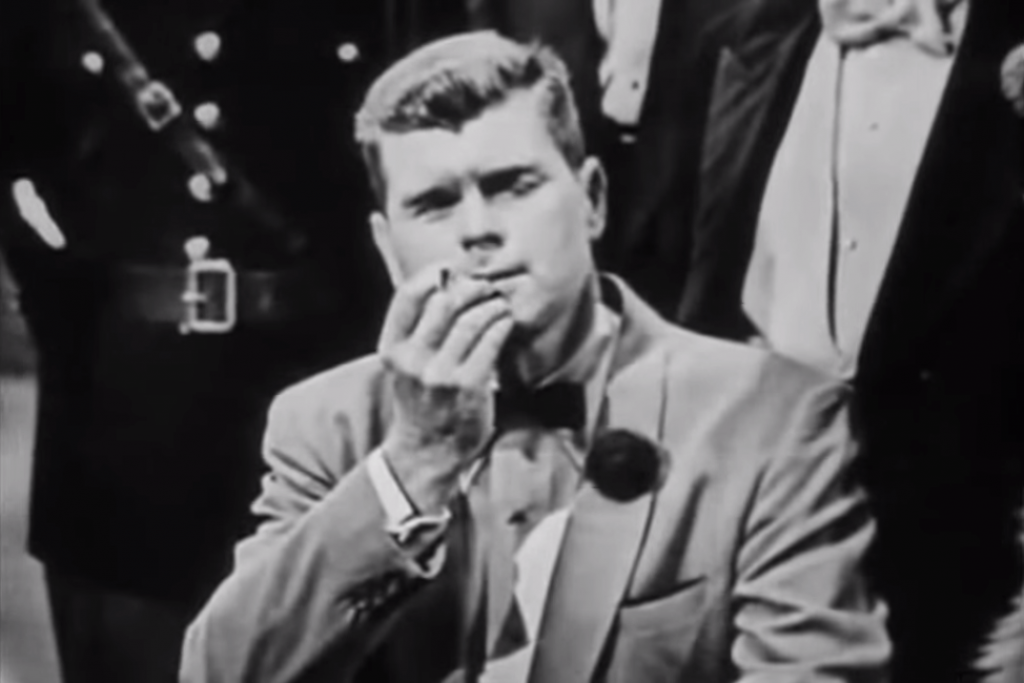
The original story had Bond attempting to bankrupt the villainous Russian Le Chiffre in a high-stakes baccarat game with the assistance of fellow agent Vesper Lynd, a beguiling beauty that Bond falls in love with, and Felix Leiter, an American CIA agent. Having initially succeeded in his mission, Bond is captured and hideously tortured by Le Chiffre via repeated blows to, um, a sensitive male area.
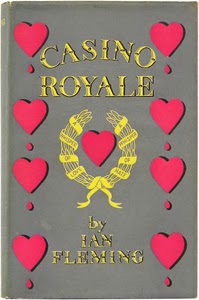
On the brink of death, Bond is saved when Le Chiffre is killed by a Russian assassin for gambling and losing Soviet funds. While in recovery, Bond considers leaving the secret service to live out his life with Vesper before discovering, in a tragic twist, that she had committed suicide due to her guilt over being a coerced double agent for the Russians.
Although Climax’s! story would follow the book’s overall scheme, it was seriously condensed and whitewashed for television audiences. In this version, Bond’s (Barry Nelson) mission remains the same as he squares off with the toad-like Le Chiffre, played by the inimitable Peter Lorre, who plots to use Bond’s ex-lover, Valerie Mathis (Linda Christian), to dissuade him from the gambling table. Mathis? Why does that name sound familiar? Oh yes, here’s a picture of Mathis from the official 2006 adaptation of Casino Royale:

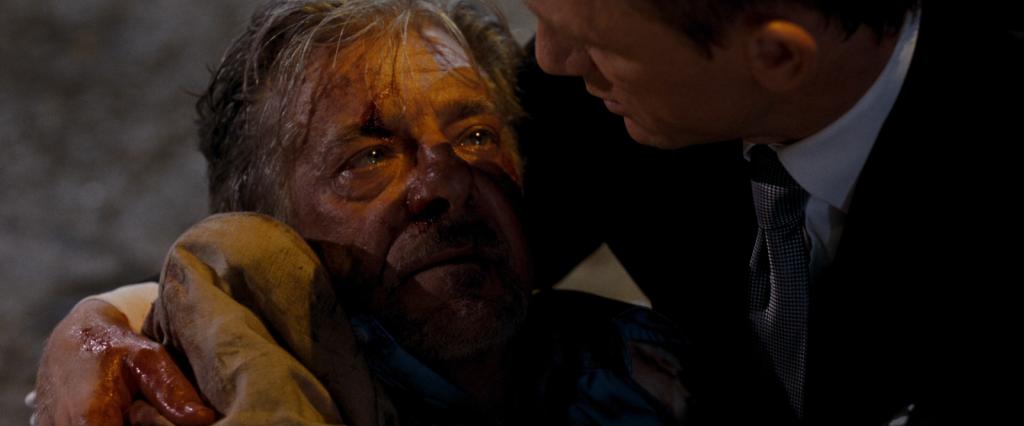
In this version, Vesper Lynd’s name was not only changed but stolen from another character from the novel, René Mathis, whose character traits were fused with those of CIA agent Felix Leiter to create Bond’s sole ally in the film – Clarence Leiter (Michael Pate), of her Majesty’s secret service! Bond quickly deduces that Valerie is in cahoots with Le Chiffre and defeats him in the casino. Before he could celebrate his victory, Le Chiffre blackmails Bond by offering a trade: the winnings or Valerie’s life. In a futile attempt to rescue Valerie, Bond is captured and Le Chiffre proceeds to torture him by breaking his toes one by one in a bathtub – a surprisingly gruesome scene for 1950’s television. Bond eventually escapes, kills Le Chiffre, and gets the girl – who, in a twist on Fleming’s twist, was working for good guys all along!
“Casino Royale” was broadcast live on October 21st, 1954, and although there were a few instances of missed or delayed cues and dialogue not being picked up, it’s not that bad production-wise; yet, despite being “live,” the result ended up feeling lifeless. The acting is stilted and melodramatic and the dialogue is wooden and clichéd (even for the time). When Le Chiffre threatens, “No one is going to stand in my way! No one!” I half-expected a sound of thunder and castle lightning to follow.
Barry Nelson is probably better known today for supporting television and film roles such as Jack Nicholson’s hotel manager in The Shining (1980).

Having admitted that he hadn’t read any of Fleming’s work prior to filming, his take of Bond comes off as a cross between a baseball player and an American agent “type” popular in B-films of the era. He’s not bad per se, but he’s not James Bond although he does, admittedly, have a couple of moments and minor witticisms that would suggest the spirit of 007.
Clarence Leiter (Felix Leiter’s English doppelganger), is actually, on the surface, more like Bond than Nelson is. He even resembles Ian Fleming’s original archetype for Bond more than perhaps any other actor that has ever played him!
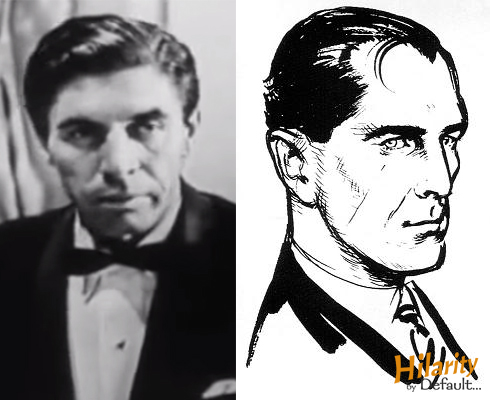
Faux-Felix is the only other major Bond character to appear in the film, heralding another ten supporting roles in future films – almost exclusively played by different actors in each (with only two exceptions so far). With every appearance, he has varied significantly in age, stamina, and even ethnicity. Either he’s the world’s master of disguise or he also drinks the same vitality juice that has kept James Bond ever-changing and youthful for the last 50 plus years.
While Faux-Felix’s usefulness in “Casino Royale” only amounts to giving Bond his orders, accidentally letting the Bond girl get kidnapped, and threatening random henchmen with assisted mobility devices, he is much more prevalent in the story than in most of his later appearances despite his slight incompetence. Regardless, 007 on the 7th will salute this often overlooked Bond character with a short commemoration and ranking with every appearance:
The single, most interesting aspect of “Casino Royale” is the casting of Peter Lorre as Le Chiffre. Lorre’s effortless talent allows his portrayal of Le Chiffre to shine in spite of the picture’s shortcomings. Linda Christian as Valerie Mathis, on the other hand, has very little to work with. With the character’s duplicity revealed in her very first scene and her motivations changed greatly from the novel, there is little for her to do other than get kidnapped and worry about Bond – and she doesn’t even do the kidnapping thing well either as she struggles to walk across a bathroom despite only having her hands tied up towards Climax’s climax.
Final Thoughts |
“Casino Royale” is only interesting today solely because of the success of the James Bond film series. Without that, it would be just as forgotten as the television series for which it was featured in. On its own, it is not memorable in the slightest with the only sole bastion of talent being the casting of Peter Lorre – and even he looks bored with the production values and terrible dialogue. To those looking for a great Lorre film from this era, look no further than Disney‘s 20,000 Leagues Under the Sea released the very same year. Then again, in Lorre’s defense, perhaps he was too exhausted from spending all that time underwater during the film’s production. “Casino Royale’s” dry writing and stale production could have looked to be quite an attractive change for him at the time.
The unfortunate effect that came from Ian Fleming’s deal with CBS was that it began a decade-spanning ping-pong battle over the film rights to the novel. When it came time to film the official 007 series with Albert Broccoli and Harry Saltzman’s EON productions, Fleming sold them the rights to his entire library (including his children’s book – Chitty Chitty Bang Bang) with the sole exception of Royale. Royale‘s rights would go on to change hands in Hollywood, leading to an unfortunate parody of the same name in 1967, before being reclaimed in 1999 and properly adapted as part of the series in 2006 with Daniel Craig in his debut as Bond. Thankfully, the wait was worth it because Craig’s Casino Royale would become one of the very best in the entire series – but that’s a 007 story for another 7th.
Random Afterthoughts… |
After getting tied up and tortured, how do Bond and Valerie escape Le Chiffre’s clutches to defeat him? What kind of trick or gadget did Bond deploy that would make MacGyver proud? Huh? He was just left alone for several minutes with a razor and the Bond girl? Who could have seen that coming?
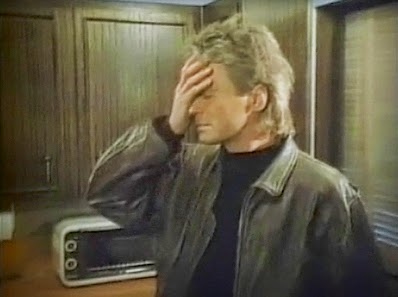
When Clarence Leiter spots Bond in the casino, he tells him, “You’re a legend, old boy. Card-sense Jimmy Bond, they say. I knew you right away.” Of course, internationally famous card sharks with well-known faces and reputations probably make for the best covert assassins.
One note of trivia: this is the only major adaptation of Casino Royale where Bond shoots and kills Le Chiffre – and that includes the 1967 spoof!
The official Bond movie series is famous for the opening (or, in a few cases, closing) gunbarrel iris featuring 007 casually shooting at the camera to the trumpets of the Bond theme. Obviously, both the gunbarrel and the theme are missing here but the opening Climax! logo does begin with a close up of a projector iris, providing a fitting, though unintentional, parallel to the official series.
After narrowly missing a practically point-blank gun shot, Bond is asked, “Aren’t you the fellow who was shot?” “No, I’m the fellow who was missed,” he replies. Not only is this the first known Bond witticism in film but it also strangely foreshadowed how this very adaptation would go missing for nearly thirty years before being rediscovered in 1981.














